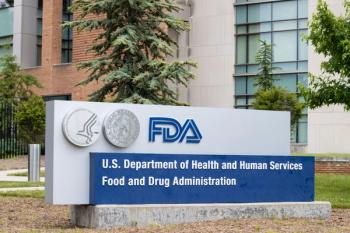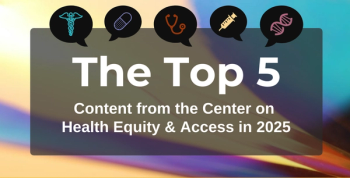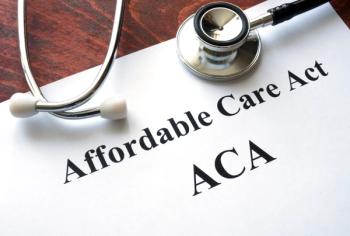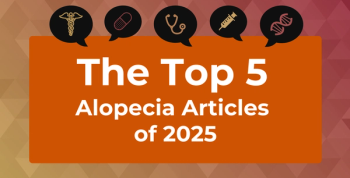
Report Finds Steady Increase in HSA-HDHP Enrollees
The number of consumers enrolled in high-deductible health plans with health savings accounts (HSA-HDHPs) increased by 8% from 2016 to 2017, according to a report from America’s Health Insurance Plans.
As of January 2017, 21.8 million people were enrolled in high-deductible health plans with health savings accounts (HSA-HDHPs), up from 20.2 million in 2016,
Researchers from AHIP collected data from 52 health insurance companies from June 2017 through January 2018 to determine national trends in enrollment, distribution of enrollment by state, and individual versus group markets for HSA-HDHPs.
HSA plans allow individuals to save money while managing their healthcare costs through a tax-free savings account in conjunction with a HDHP. While exempt from federal taxes, there are contribution limitations. In 2018, an individual can contribute $3450, and a family can contribute $6850.
Results from the survey found that, when comparing HSA-HDHP enrollment among the 45 insurers that participated in both the 2017 and the 2016 survey, enrollment increased by 9.2%. Since 2005, enrollment in HSA-HDHP plans has cosistently increased by 1 to 2 million each year. The majority were enrolled through a large employer; approximately 82% (12.9 million) were enrolled in the large-group market. The remaining individuals were enrolled through either a small employer or through an account they purchased in the individual market.
As of January 2017, health insurance providers that offered HSA-HDHP products in the small-group market, defined as coverage offered by employers with 50 or fewer employees, reported enrollment of 1.8 million. Meanwhile, large-group HSA-HDHP coverage accounted for 12.9 million people.
For the 1.1 million enrolled in HSA-HDHPs through the individual market, approximately 23% were under the age of 18, 11% were aged 18 to 24, 32% were aged 25 to 44, 33% were aged 45 to 64, and 1% were aged 65 and older.
When looking at enrollment by product type, the majority (54%) of enrollees had a preferred provider organization product, followed by a variety of other product types. Health maintenance organization and point-of-service products made up just 5% of enrollees.
To aide enrollees in managing their HSA accounts online, providers often offer online tools that allow members to access information about their health conditions, medical services, healthcare costs, and quality of health services in their area. Based on responses from 40 providers on consumer decision-support tools:
- 98% offered members access to health and wellness resources
- 88% gave members gave access to information on their HSA
- 82% offered healthcare cost information
- 69% supplied members with access to their personal health records
- 69% provided physician-specific quality data
- 77% provided hospital-specific quality data
As more people continue to enroll in HSA-HDHP plans, “it is imperative that federal rules are able to keep pace with evolving consumer needs,” wrote the authors of the report. “Additional changes to HSA account and plan rules can lower costs and enable more choice, control, and greater flexibility for millions of consumers.”
Newsletter
Stay ahead of policy, cost, and value—subscribe to AJMC for expert insights at the intersection of clinical care and health economics.








































